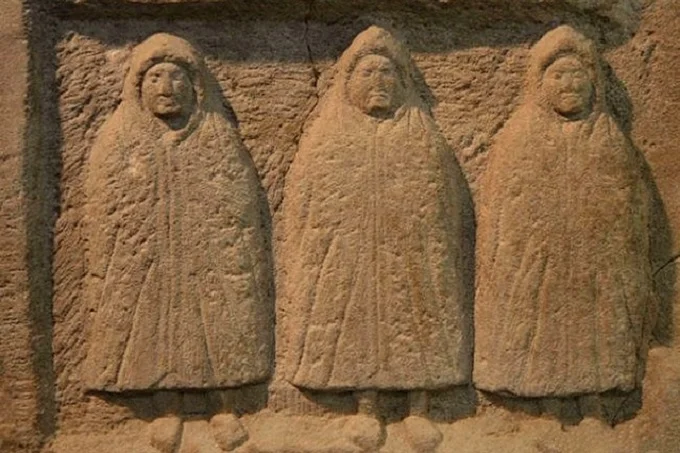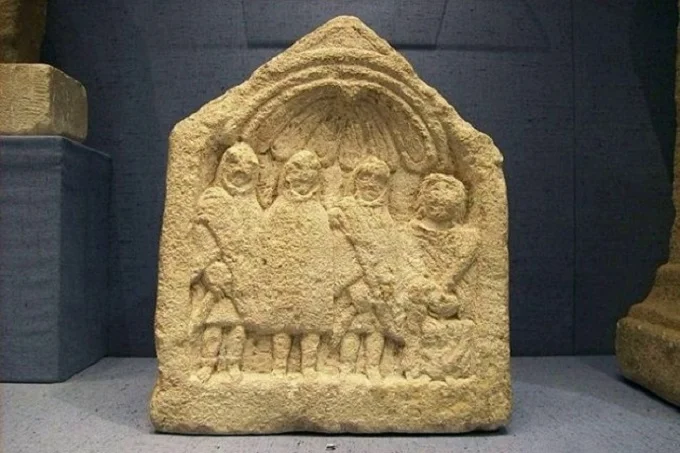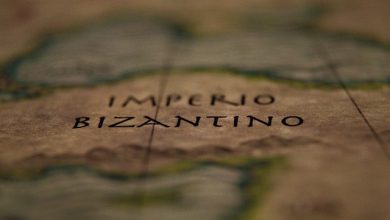The mystery of hooded figures

Figures with hoods and cloaks that have been carved into stone may be seen in a number of locations around Europe. Who exactly were these unknown individuals? Pagan gods, monks, gnomes, ghosts, or other unidentified entities whose names have been forgotten by us many centuries later? This intriguing historical subject has been a source of concern for more than one generation’s worth of archaeologists.
Concerning Genii Cucullati, a great number of hypotheses and ideas have been proposed (“hooded spirits”). You may find carved figures of these animals as well as clay figurines of them in Britain and across the continent of Europe. The majority of the time, it is hard to tell whether the figurines depict men or women; nevertheless, one of the figurines that were discovered close to Moselle had a mustache on its face.

The Gauls portrayed Genii Cucullati as solitary giants that resembled a symbolic phallus in their artwork. And in Britain, the Cucullati were usually sculpted in stone in groups of three, despite their small stature. These animals were seen carrying a variety of items, including baskets filled with money or eggs, scrolls, daggers, and swords.
Over the years, humans have studied water and its power and then written myths and tales linked with it. Many of these figures were discovered in close proximity to springs, thus the researchers hypothesized that they were gods who gave healing.
It was believed that water had cleansing and curative properties. The fact that these mystery individuals were often shown with Telesphorus, son of Asclepius, the god of healing, was given as evidence that helped to sway people’s opinions.

Other studies have brought attention to the fact that these mysterious species are rather little in stature. The author of a book on hooded supernatural creatures, Waldemar Deonna, suggested that these beings may not be major gods but rather lesser demons in their hooded forms. According to Deonna, the Cucullatus is a species of the dwarf.
But even with this premise, the study did not come to a conclusion and close. The Cucullati were seen standing next to a mother goddess in two bas-reliefs that were created in Britain. They may have served as guardians throughout the whole of the human life cycle, from birth to maturity to death and beyond into the afterlife.

It is possible that these creatures are not people at all but rather hooded snakes or cobras, which were considered to be emblems of fertility in early Indo-European faiths. It is also conceivable to draw comparisons between this holy serpent and the ancient Egyptian uraeus, which was the royal emblem of Egypt at the time.
In a nutshell, the riddle of the hooded figures has not been solved yet, and the peculiarly veiled men, who are an essential part of the legacy of Europe, simply refuse to share their age-old secrets.




